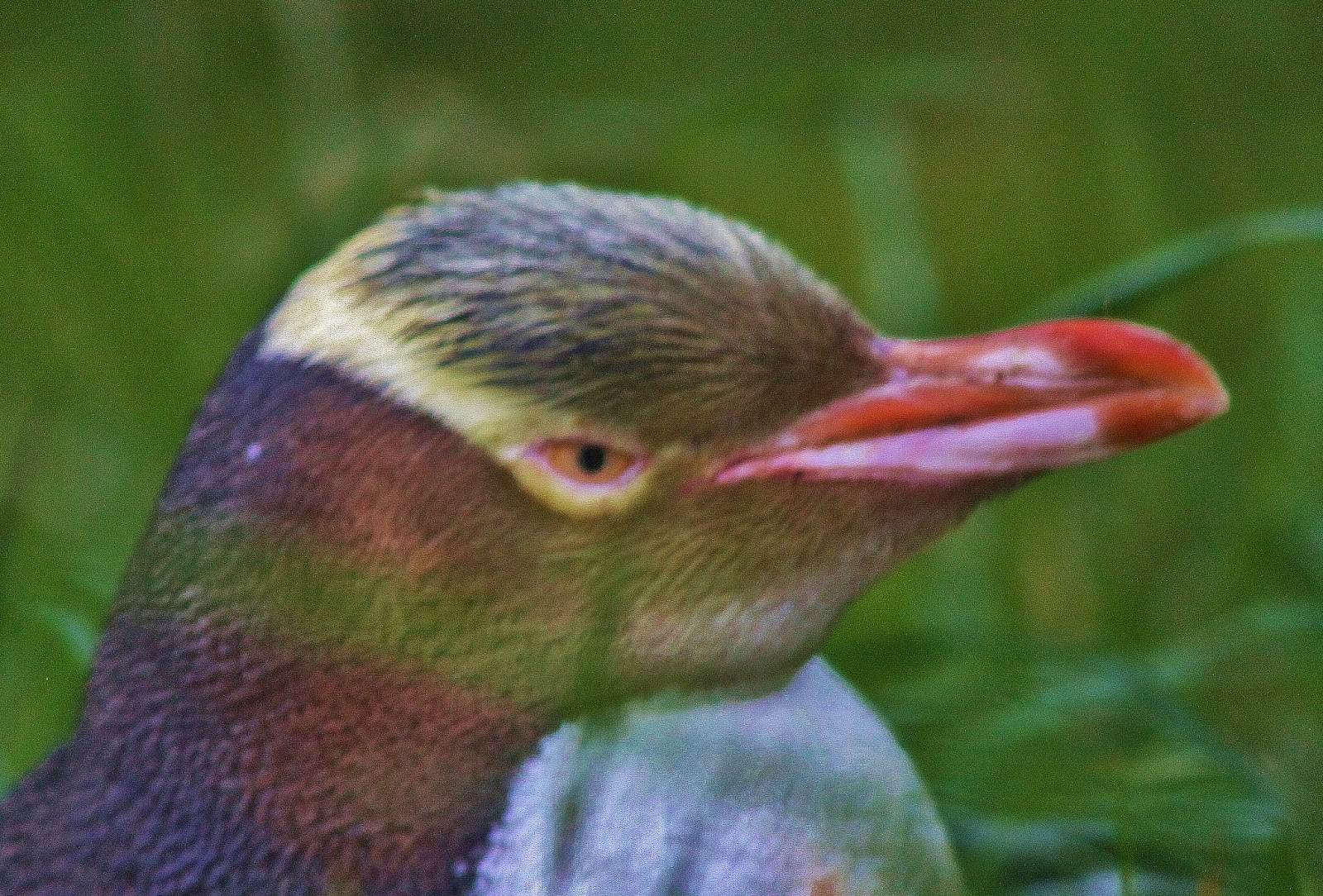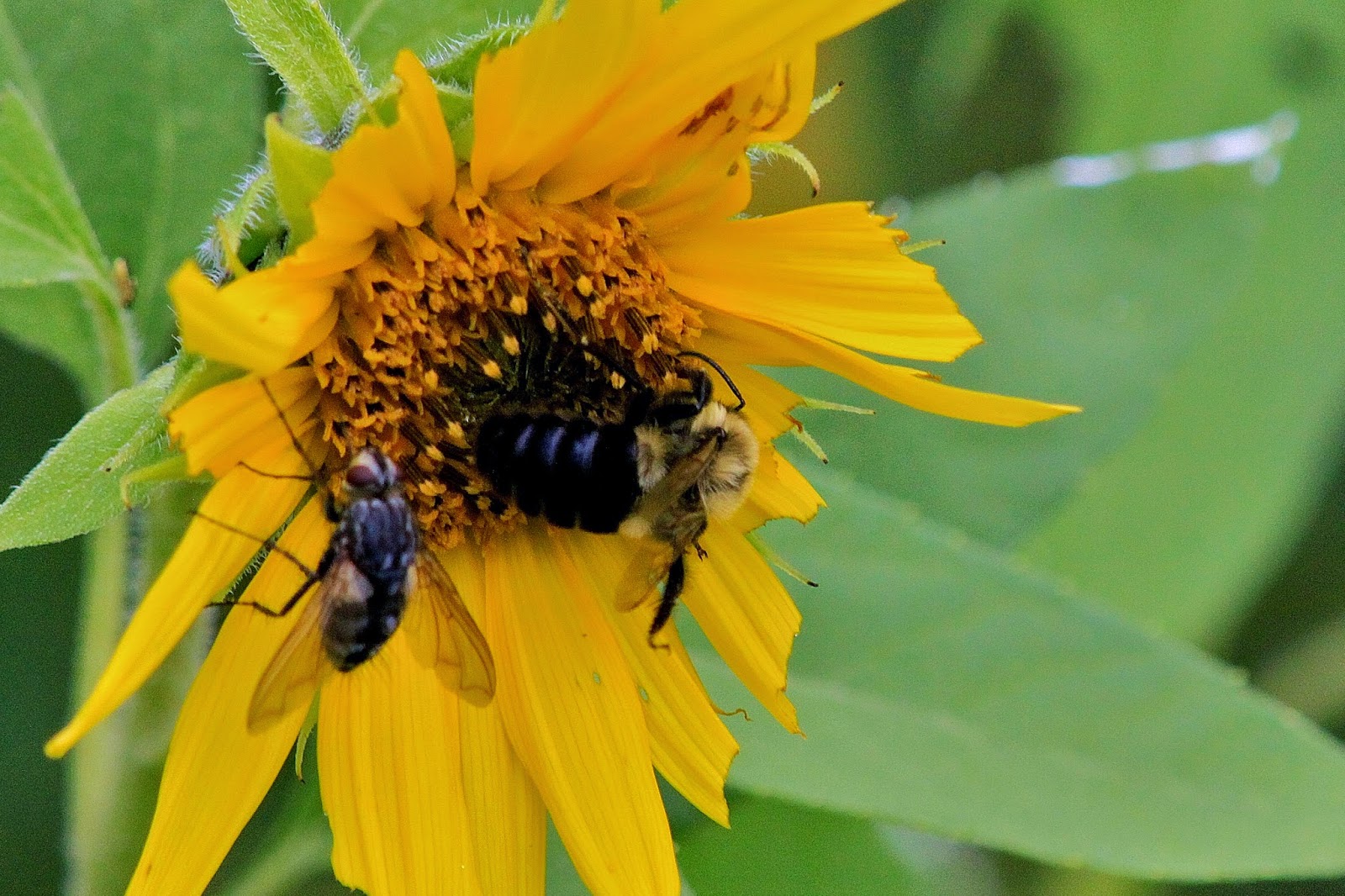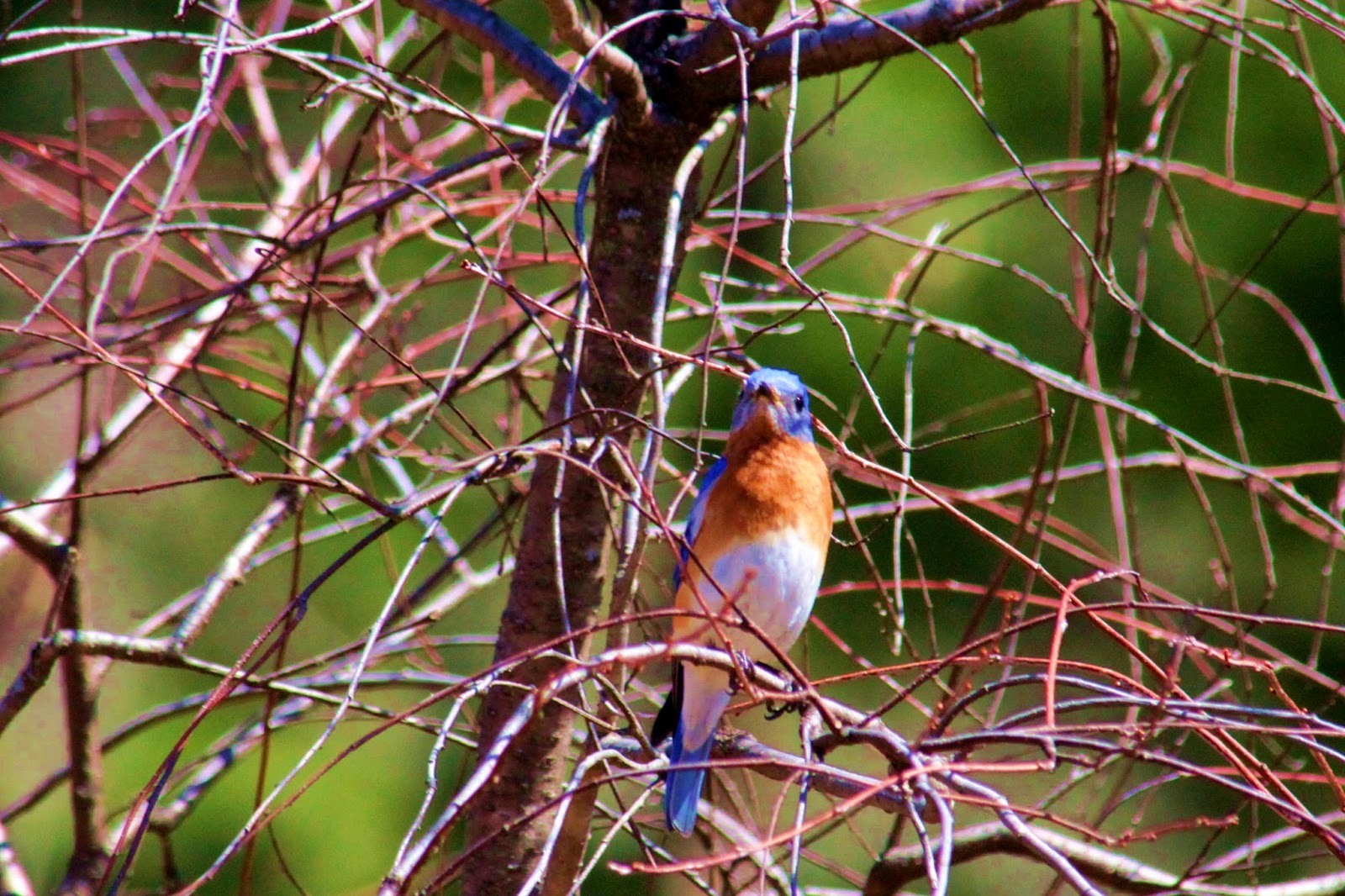December FOG

WINGIN’ IT By Kate Crowley The past week has been so dreary and gray that not even the birds coming to our feeders could brighten the mood, especially when the temperatures got into the 40s and all of our snow turned to puddles and slush. I desperately needed some cheer and brightness, so I turned to animation. Yes, it was the Penguins of Madagascar that finally made me smile and feel cheerful again. My ten year old grandsons were as excited to go as I was. There is no age limit on the need for laughter. The overriding theme of the movie is that everyone loves penguins. I’d have to agree. How can you not be captivated by these waddling, tuxedoed lovers of snow and ice? The truth is that not all penguins live in the Antarctic regions and none live in the Arctic, or as some cartoons would have us believe - the North Pole. All 17 species of penguins are found only in the Southern Hemisphere, ranging from the ice shelves of the Antarctic to the G...












